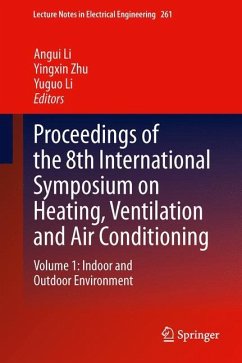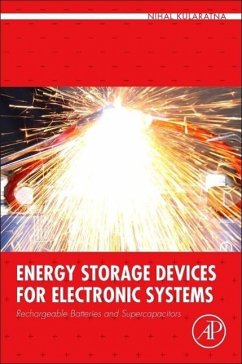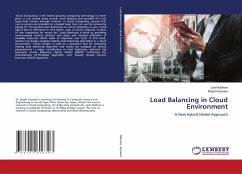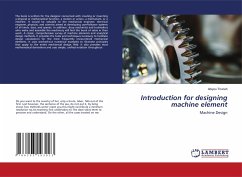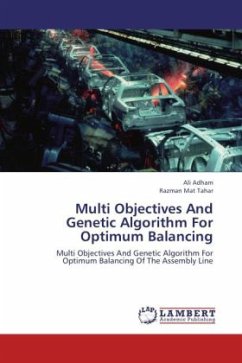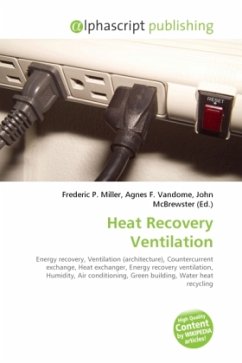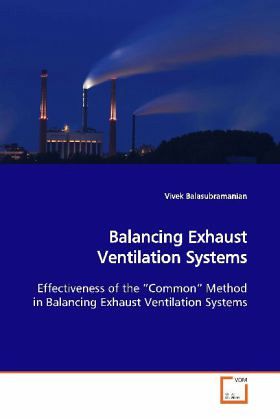
Balancing Exhaust Ventilation Systems
Effectiveness of the Common Method in Balancing Exhaust Ventilation Systems
Versandkostenfrei!
Versandfertig in 6-10 Tagen
32,99 €
inkl. MwSt.

PAYBACK Punkte
16 °P sammeln!
Dampers are used to adjust the distribution of airflows in duct systems. The common (i.e., most commonly used) method is to adjust each damper in turn so that the airflow through its branch equals the desired level. Typically, the airflow through each branch duct is estimated from the centerline velocity pressure. To test the effectiveness of that approach, dampers were adjusted on a seven branch, full-sized experimental duct system. After adjusting the dampers for a given condition, the percent excess airflow (%Qexcess) for the system was estimated as the amount above the ideal fan airflow th...
Dampers are used to adjust the distribution of
airflows in duct systems. The common (i.e., most
commonly used) method is to adjust each damper in
turn so that the airflow through its branch equals
the desired level. Typically, the airflow through
each branch duct is estimated from the centerline
velocity pressure. To test the effectiveness of that
approach, dampers were adjusted on a seven branch,
full-sized experimental duct system. After adjusting
the dampers for a given condition, the percent
excess airflow (%Qexcess) for the system was
estimated as the amount above the ideal fan airflow
that would exist if the fan speed were adjusted so
that the lowest ratio of airflow to airflow goal for
any branch was unity. The lower the value of percent
excess airflow, the more perfectly balanced the
system was. The results varied with the level of the
target airflows. The excess airflow values were much
higher than the airflow values found by Dodrill
(2004) on the same system for the SPh Goal Ratio
method proposed by Guffey (2005). This analysis
should be useful to professionals in the fields of
HVAC and ventilation design.
airflows in duct systems. The common (i.e., most
commonly used) method is to adjust each damper in
turn so that the airflow through its branch equals
the desired level. Typically, the airflow through
each branch duct is estimated from the centerline
velocity pressure. To test the effectiveness of that
approach, dampers were adjusted on a seven branch,
full-sized experimental duct system. After adjusting
the dampers for a given condition, the percent
excess airflow (%Qexcess) for the system was
estimated as the amount above the ideal fan airflow
that would exist if the fan speed were adjusted so
that the lowest ratio of airflow to airflow goal for
any branch was unity. The lower the value of percent
excess airflow, the more perfectly balanced the
system was. The results varied with the level of the
target airflows. The excess airflow values were much
higher than the airflow values found by Dodrill
(2004) on the same system for the SPh Goal Ratio
method proposed by Guffey (2005). This analysis
should be useful to professionals in the fields of
HVAC and ventilation design.




